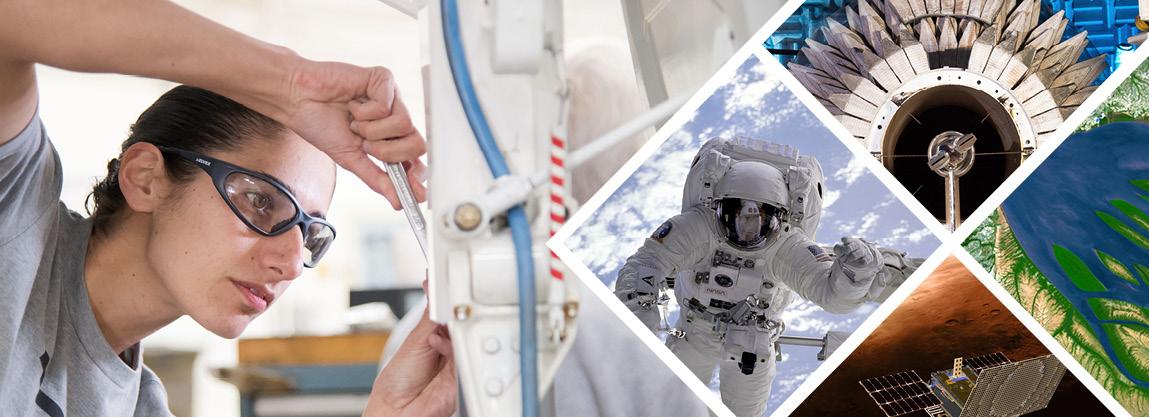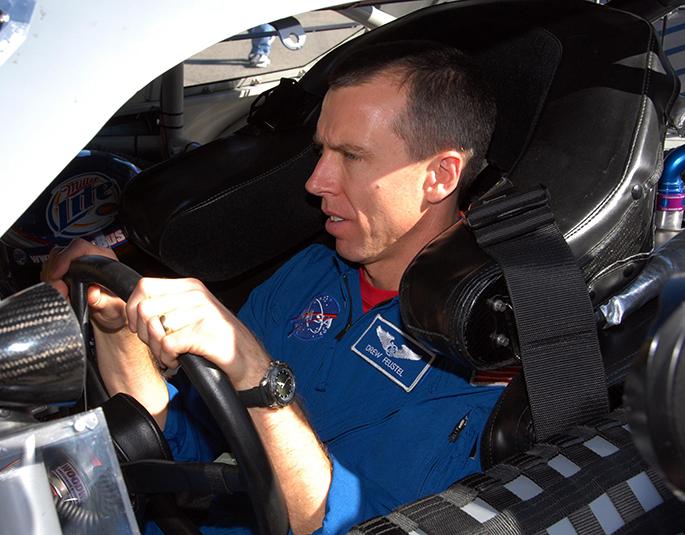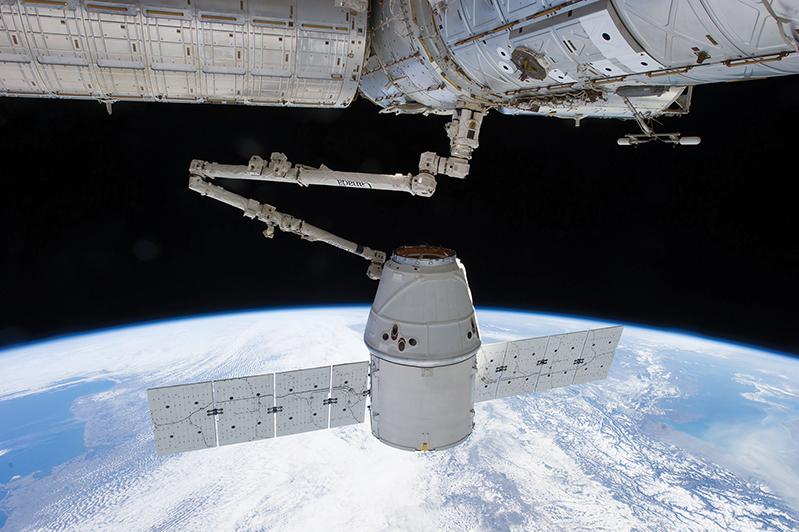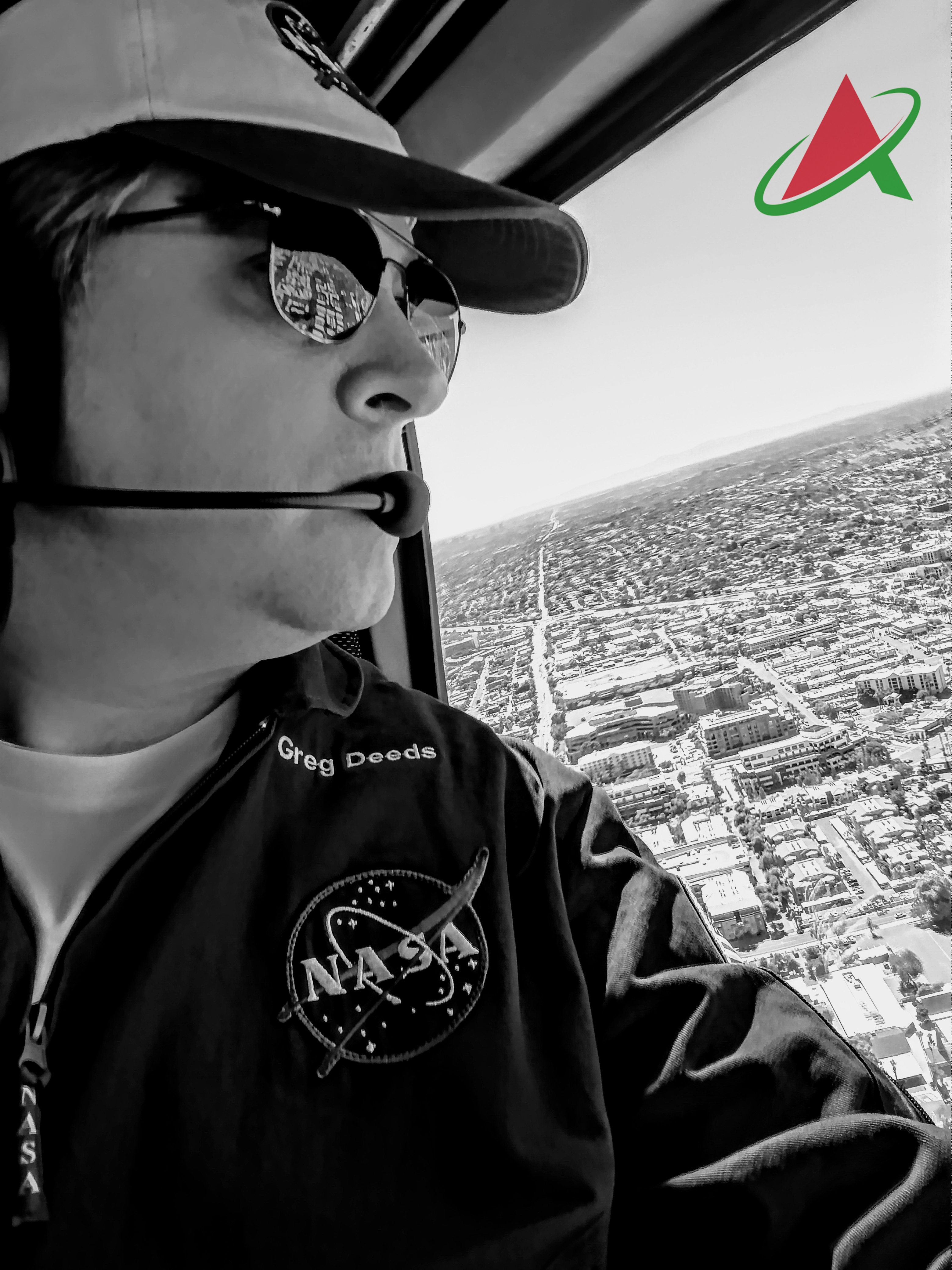
Small Businesses Partner with NASA to Make a Difference on Earth and Beyond
The NASA Small Business Innovation Research (SBIR) and Small Business Technology Transfer (STTR) program provides funding to small businesses and research institutions to research and develop their technology ideas into commercial products and services that benefit lives here on Earth. Read on for a few examples of spinoff successes that got their start with this small business funding.
Aerogel Insulations Save Millions in Industrial Applications
Aspen Systems, with help from NASA funding and expertise, developed the first sturdy, practical aerogel insulations. The effort spun off into Aspen Aerogels, a 300-person company with over $100 million in annual revenue. While the ultra-lightweight, super-insulating materials appear in many consumer products, their primary applications are in power plants, steam distribution systems, buildings, pipelines, and other industrial applications all over the world, where they conserve energy and reduce costs and downtime.
From Spacesuits to Racing Suits
Technology developed for space has turned up in cars for years. Now a technology originally designed for spacesuits by Triangle Research and Development Corporation is being used to make temperature-regulating underwear for the people who drive the fastest vehicles on land.
Swarming Technology Lets Drones Work as a Team
Existing flight infrastructure can only just manage the 7,000 or so flights a day in U.S. airspace. Something will need to change when an estimated 2 million self-piloted drones join airplanes in that space. NASA hopes technology like Heron Systems’ MACE software and hardware will help planes and drones work together to avoid accidents and work out flight paths with minimal guidance.
Virtual Reality Platform Helps Pilots Land in the Sky
Using Systems Technology Inc.’s virtual reality software, designed and tested in part with NASA funding, pilots can practice difficult maneuvers much more safely. The system, which works with standard aircraft, superimposes virtual landing strips or additional airplanes in the pilot’s field of view during flight.
Gas Processors Turn Oil Drilling Emissions into Fuel for Sale
Long stays on Mars would require the technology to rearrange molecules from the surface and atmosphere into resources like fuel and oxygen. Robert Zubrin of Pioneer Astronautics worked with NASA on a number of such projects for in-situ resource utilization. He later adapted some of those systems to capture and reuse the greenhouse gases that escape from oil wells, helping minimize waste – and reduce pollution.
Space-Age Water Purification Anywhere on Earth
The company nkd LIFE Ltd., whose U.S. office is in West Palm Beach, Florida, makes bottles for purifying water on the go, using a filtration medium developed with the help of NASA SBIR funding. The company is now working to make drinking water more accessible in the developing world.
Chemical Simulation Software Predicts Climate Change, Air Quality
Simulating the many chemical reactions that occur constantly across the atmosphere is a complex task. ParaTools’s Kppa software, designed with NASA funding, is helping scientists study climate and weather.
Miniaturized Vacuum Pumps Play Big Roles on Mars and Earth
A vacuum pump designed to help the Curiosity rover study rock and gas samples on Mars could also help assure public safety following industrial accidents or terrorist attacks. Existing instruments to assess chemical dangers are too cumbersome to take into the field. Creare’s vacuum pumps, as small as a C battery and tough enough for planetary exploration, could help make mass spectrometers practical for use in the wake of a disaster, as well as in inspections and security screenings.
Smart Sensor Networks Monitor System Health – and Themselves
Autonomous systems need sensors to detect and help fix problems to keep operating. But what if the problem is in the sensor itself? American GNC’s work on smart sensor networks led to the company’s coremicro Reconfigurable Embedded Smart Sensor Node and the Smart Transducer Integrator, which can detect faults in the system they are monitoring as well as in the sensors.
Software Toolkit Steadies Rockets
One of the reasons rockets are so expensive is because many problems aren’t discovered until the rocket is on the test stand, when millions of dollars have already been invested. Gloyer-Taylor Laboratories has created a software toolkit that models and analyzes structures for one of the biggest problems – combustion instability – which can destroy a rocket. The goal is to find, and fix, any instabilities early on in the design process.

While astronaut Drew Feustel isn’t wearing a spacesuit behind the wheel of this NASCAR racing vehicle, developments in spacesuit technology have seen adoption in auto racing. In the 2021 NASCAR season, several drivers are wearing undergarments made by Walero that utilize phase-change materials originally designed for NASA under an SBIR contract. Credit: NASA

There are many possible applications for Systems Technology Inc.’s Fused Reality system, including in space. A new contract with Johnson Space Center investigates use of the system on the space station, to practice complicated maneuvers of the robotic arm.

The Pod+ water bottle from nkd LIFE uses a filter medium developed and tested with the help of NASA funding, known as NanoCeram and now marketed as Disruptor, to purify water on the go, removing 99.97% of contaminants and accommodating a high flow rate. Credits: nkd LIFE Ltd.

Small businesses partner with NASA to make a difference on Earth and beyond.










